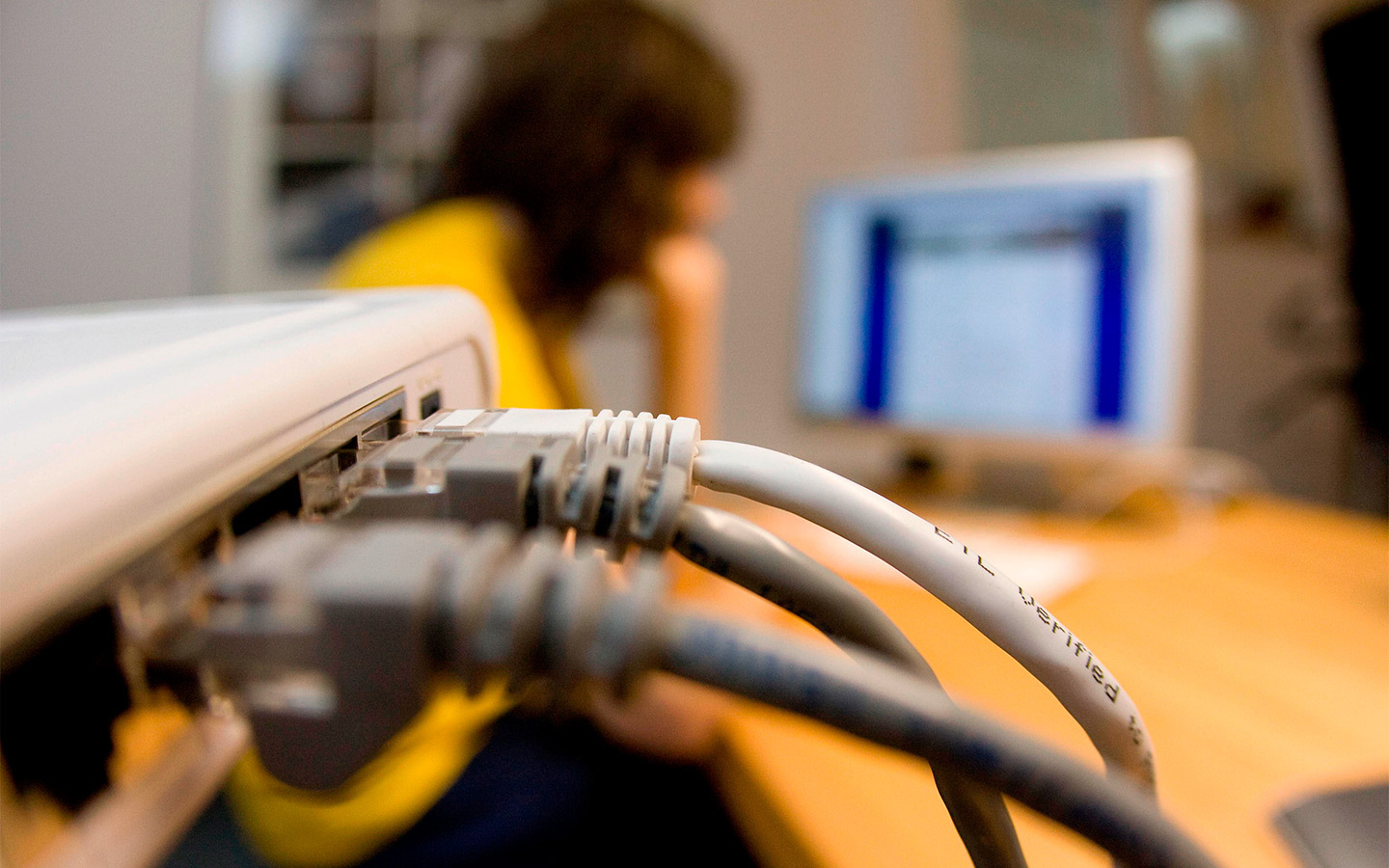views
Think of this as your friendly guide, walking you through each step. We'll chat about the different types of internet available, how to choose a plan that fits your needs (maybe even peek at some great dodo nbn plans!), and the nitty-gritty of getting everything plugged in and online. No tech jargon overload here, promise!
Did you know that as of June 2023, around 87% of Australian households had an internet connection at home? That's a lot of connected Aussies! (Source: Australian Bureau of Statistics, "Household Use of Information Technology, Australia, 2022-23"). We want to make sure you're part of that connected majority, without the headache.
So, grab a cuppa, maybe a Tim Tam, and let's get started on your journey to a seamless home internet setup.
First Things First: Understanding Your Internet Options in Australia
Australia has a pretty diverse range of internet technologies, and what's available to you will depend on where you live. Let's break down the main players:
-
NBN (National Broadband Network): This is the big one, and chances are, it's what you'll be connecting to. The NBN uses a mix of technologies to deliver internet, including:
- Fibre to the Premises (FTTP): The gold standard! A fibre optic cable runs directly to your home, offering the fastest and most reliable speeds.
- Fibre to the Node (FTTN): Fibre runs to a node in your street, and then existing copper lines connect to your home. Speeds can vary depending on the distance from the node.
- Fibre to the Curb (FTTC): Fibre runs closer to your home, ending at a small pit outside your property. Shorter copper lines then connect to your house, generally offering better speeds than FTTN.
-
Mobile Broadband: Uses the mobile network (4G or 5G) to provide internet access. Great for flexibility or as a temporary solution.
-
ADSL (Asymmetric Digital Subscriber Line): An older technology that uses your existing phone line for internet. It's being phased out in many areas as the NBN rolls out.
To figure out what's available at your new address, you can usually check the NBN Co website (that's the company behind the National Broadband Network). Just pop in your address, and it'll tell you what technology serves your area.
Step 1: Choosing the Right Internet Plan for You
Once you know what type of internet you can get, the next step is choosing a plan. This is where things can get a little overwhelming with all the providers and options out there. Here are a few things to consider:
-
Your Usage: How much do you use the internet? Are you a casual browser who checks emails, or a streamer, gamer, or someone who works from home and uploads/downloads large files regularly? Higher usage generally means you'll need a plan with more data.
-
Speed: How fast do you need your internet to be? If it's just you checking social media, a lower speed tier might be fine. But if you have multiple people streaming in HD, you'll want something faster. NBN plans often come with speed tiers like NBN 25, NBN 50, NBN 100, and so on, indicating the maximum download speed in Mbps (megabits per second).
-
Budget: How much are you willing to spend each month? Internet plan prices can vary quite a bit.
Now, let's talk about providers. There are many great internet service providers (ISPs) in Australia. You might have heard of some of the big ones, but it's always worth looking around. For example, dodo nbn plans are often considered a good value option, and they have a range of plans to suit different needs and budgets. You can usually find information about their plans online.
Step 2: Signing Up with Your Chosen Provider
Once you've picked a plan that looks good, the next step is to sign up with the provider. This usually involves:
-
Visiting their website or calling them: You can typically sign up online, which is often the quickest way. If you prefer to speak to someone, you can usually find their contact details easily – for example, you can likely find the dodo phone number on their website if you're interested in their services.
-
Providing your address and personal details: They'll need your new address to check availability and set up your account.
-
Choosing your plan and any add-ons: This is where you confirm the data allowance and speed tier you want.

Step 3: Setting Up Your Equipment
Okay, the exciting part – getting everything plugged in! This can vary slightly depending on the NBN technology at your place, but here are some general steps:
-
Locate your NBN connection box (if applicable): For technologies like FTTP, FTTC, and HFC, you'll usually have an NBN-installed box on your wall.
-
Connect your modem:
For FTTP, you'll typically connect an Ethernet cable from the data port on the NBN box to the WAN or internet port on your modem.
-
Connect your router: If you have a separate router, connect an Ethernet cable from the LAN port on your modem to the WAN or internet port on your router. If you have a modem/router combo, this step is already done internally.
-
Power on your router: Plug in the power adapter and switch it on. Again, give it a few minutes to start up.
Step 4: Connecting to Your Wi-Fi
Once your modem and router are up and running, it's time to connect your devices to your new Wi-Fi network!
-
Find your Wi-Fi network name (SSID): This is usually printed on a sticker on your router. It might look something like "MyWiFi" or have the provider's name in it.
-
Find your Wi-Fi password (key or security key): This is also usually on the sticker.
-
On your device (laptop, phone, tablet): Go to your Wi-Fi settings, find your network name in the list of available networks, and click or tap to connect.
-
Enter the password when prompted.
Voila! You should now be connected to the internet.
Step 5: Troubleshooting Common Issues
Sometimes, things don't go perfectly to plan. Here are a few common issues and how to troubleshoot them:
-
No internet light on the modem:
- Double-check all the cables are securely plugged in.
- Try restarting your modem (unplug it, wait 30 seconds, and plug it back in).
- If it's still not working, there might be an issue with the connection. You might need to contact your provider – you could try looking up the dodo phone number if you're with them.
-
Wi-Fi network not showing up:
- Make sure your router is powered on.
- Try restarting your router.
-
Connected to Wi-Fi but no internet access:
- Restart your modem and router.
- Check if all the lights on your modem are indicating a connection.
If you're still having trouble, don't hesitate to reach out to your internet provider's support team. They're there to help!
Making the Most of Your New Connection
Now that you're online, the possibilities are endless! Streaming your favourite shows, video calling family and friends, online gaming – the world is your oyster (or should I say, your snag on the barbie?).
Remember to think about your home network security. Change the default Wi-Fi password to something strong and unique. You might also want to explore parental controls if you have kids.
And there you have it! Setting up your home internet in Australia doesn't have to be a headache. With a little understanding of the options and a step-by-step approach, you'll be browsing, streaming, and connecting in no time.
Welcome to your new home, and welcome to the wonderful world of being online!
FAQs: Your Burning Internet Questions Answered
-
What's the first thing I should do when setting up internet in a new Australian home?- The very first step is to check what type of internet (NBN technology) is available at your new address. You can usually do this on the NBN Co website by entering your address.
-
Do I need a technician to set up my NBN connection?
- It depends on the NBN technology at your property. For FTTP, FTTC, and sometimes HFC, a technician usually needs to come and install or activate the connection. For FTTN and fixed wireless, it's often a self-installation process. Your chosen provider will let you know what's required.
-
What's the difference between a modem and a router?
- A modem connects your home network to the internet service provider. A router creates your home Wi-Fi network, allowing multiple devices to connect to the internet. Sometimes, these are combined into a single device called a modem/router.













Comments
0 comment